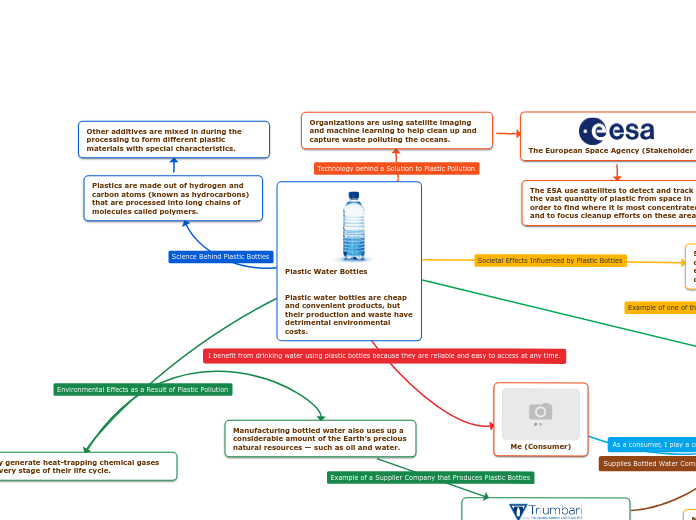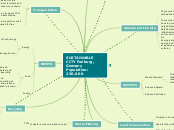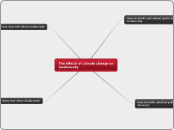作者:alyiah matta 2 年以前
143
BioTechnology
The field of biotechnology encompasses a variety of applications, each with distinct implications. Ethical debates and social controversies arise particularly in areas such as cloning, human genome modification, and assisted reproduction.









